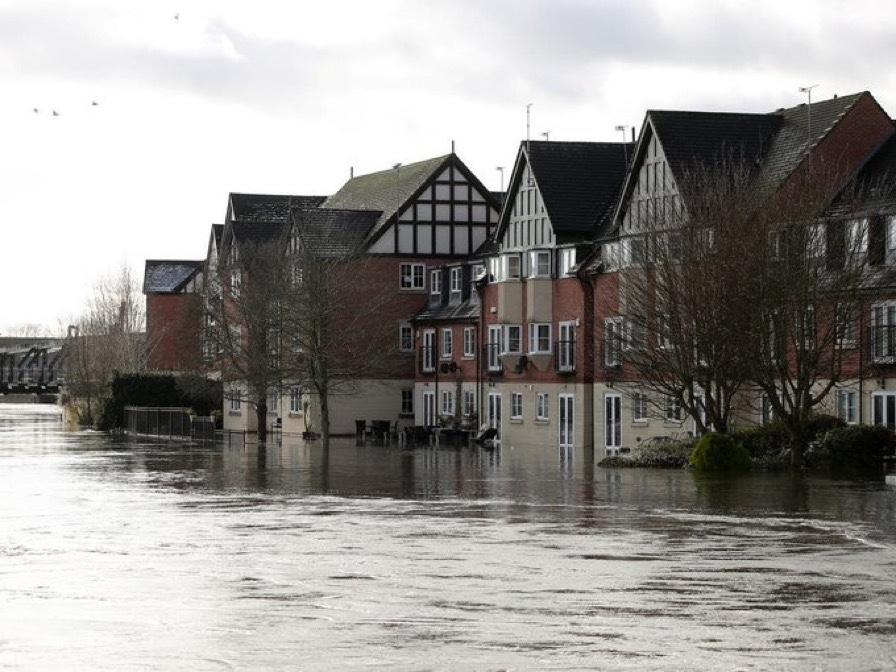Top 5 councils investing in flooding prevention

With the UK’s unique weather, what can be scorching weather one day, can be torrential rain the next. Unfortunately, some parts of the country are more unprepared than others for big rushes of rainfall, leaving neighbourhoods with damaged properties and people demanding answers for why local councils haven’t invested enough in drainage infrastructure.
With that in mind, a new report by Halfords uncovers which councils have invested the most in draining/flooding prevention over the past ten years—revealing Wakefield City Council has spent the most with £7,384,830 on drainage investment.
The Council road maintenance spending report by Halfords, collates freedom of information requests to 36 metropolitan and London borough councils to reveal council spending figures on general road maintenance, EV investment, drains and age street lighting. The data also included spending on cycle lanes and green recovery.
Top 5 Council Spend on drainage investment since 2011
DRAINAGE.jpg
West Yorkshire has had its fair share of flooding in recent years, with recent reports indicating that thousands of homes are still at risk from heavy rain. As a result, Wakefield City Council, one of the worst affected areas, ranks first in drainage expenditure.
The cathedral city on the eastern edge of the Pennines spent more than any other council in 2012, investing £1,228,351.57 in gullies and more resilient highway networks—and it is still doing so. Gateshead Borough Council was close behind, with the most significant drainage spend in 2015-2016, putting £1,944,842 toward similar preventative measures.
A spokesperson at Halfords said: “It’s no secret that the UK requires a lot more investment in preventative measures for future flooding which could be detrimental to people’s homes and livelihood. It’s great to see large financial investments into drainage solutions in areas susceptible to excessive rainfall from their local councils over the last several years. However, it’s very concerning that there are still a lot of other locations across the country that probably require the same level of investment when future flooding and devastation in that area is inevitable.”




